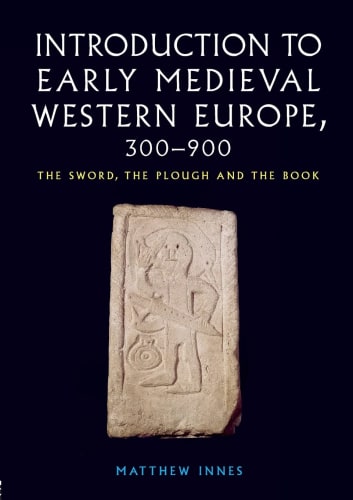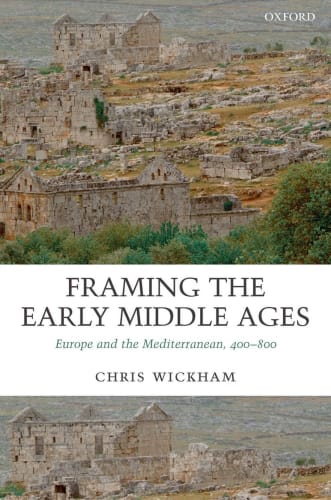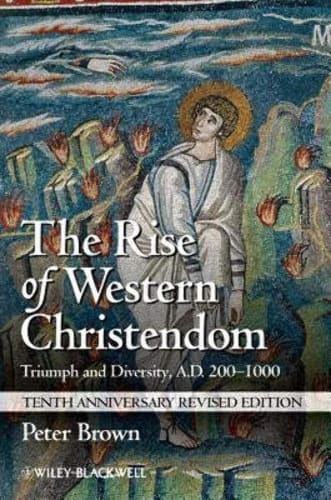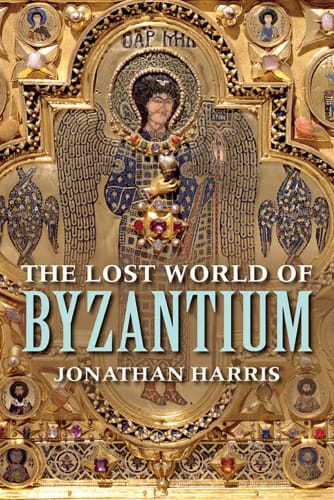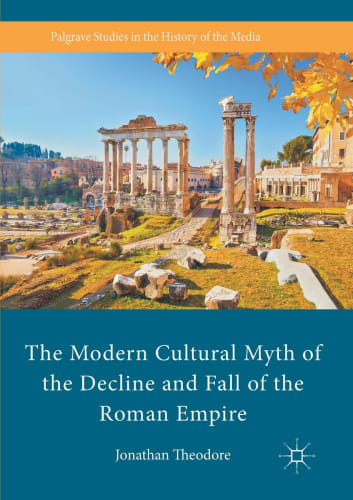
The Decline and Fall of the Western Roman Empire
The Roman Empire dominated the Mediterranean world for more than 500 years. Yet in AD 476, Romulus Augustulus, the last western Roman emperor, was deposed. Roman rule in Western Europe had come to an end, replaced by a mosaic of independent Germanic kingdoms. This transformation remains one of the most significant and controversial episodes in European history, immortalized by Edward Gibbon as the “Decline and Fall” of the Roman Empire. It must immediately be pointed out that the Roman Empire as a whole did not fall in the fifth century. The Eastern Roman or Byzantine Empire endured for another thousand years until Constantinople fell to the Ottoman Turks in 1453, and any attempt to explain why Roman power collapsed in the West must also explain the East’s survival (this is the difficulty, for example, with attributing Rome’s fall to the rise of Christianity). As can be seen from the books listed below, modern scholars continue to debate the causes behind the Western Empire’s decline, particularly how internal weaknesses and civil wars interacted with the impact of external invasions led by the Goths and, behind them, the Huns. It is a complex, fascinating, and, at times, tragic story that profoundly changed the course of Western civilization.
The booklist has been divided into three sections for ease of access. The first section (The Fall of the West) contains books specifically focused on the collapse of the Western Roman Empire. The second section (Goths, Huns, and Franks) provides reading on the peoples who played the greatest roles in reshaping the Roman West. The final section (The New World Order) offers a wider perspective on the transformation of East and West and the ongoing influence of Rome’s Decline and Fall on the modern imagination.
Read more...
Read less...
The Fall of the West
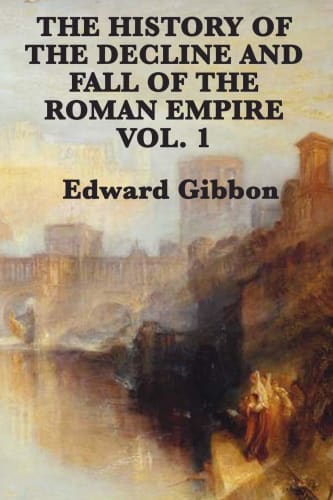
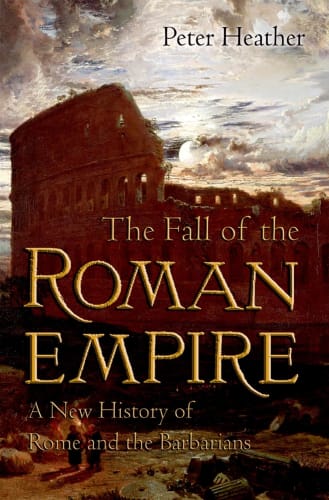
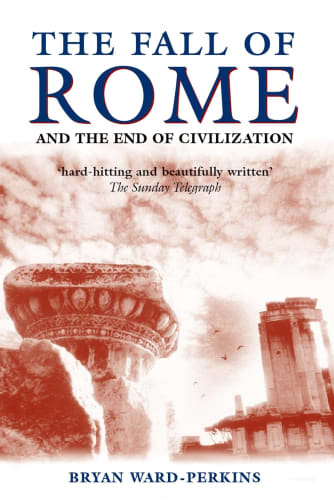
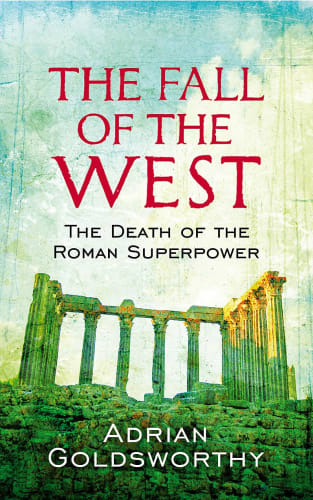
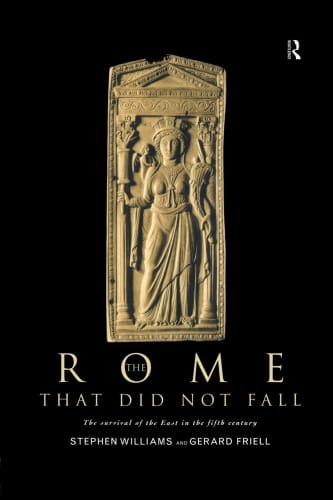





Goths, Huns and Franks
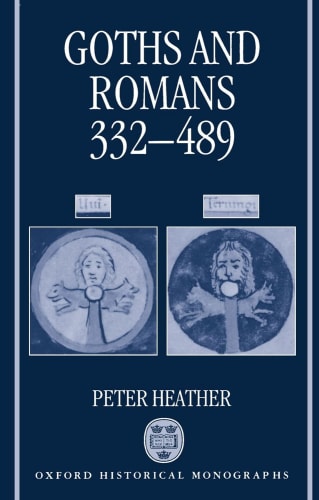
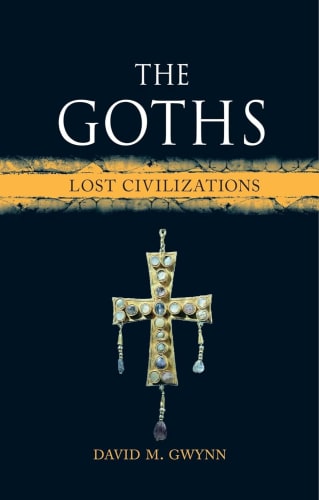
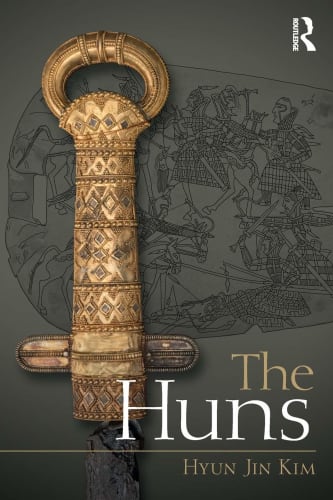
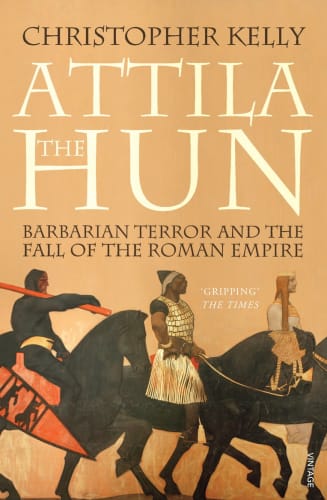
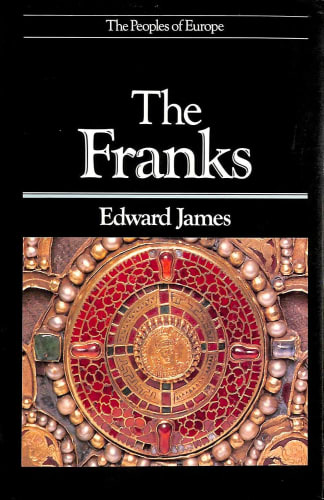





The New World Order
